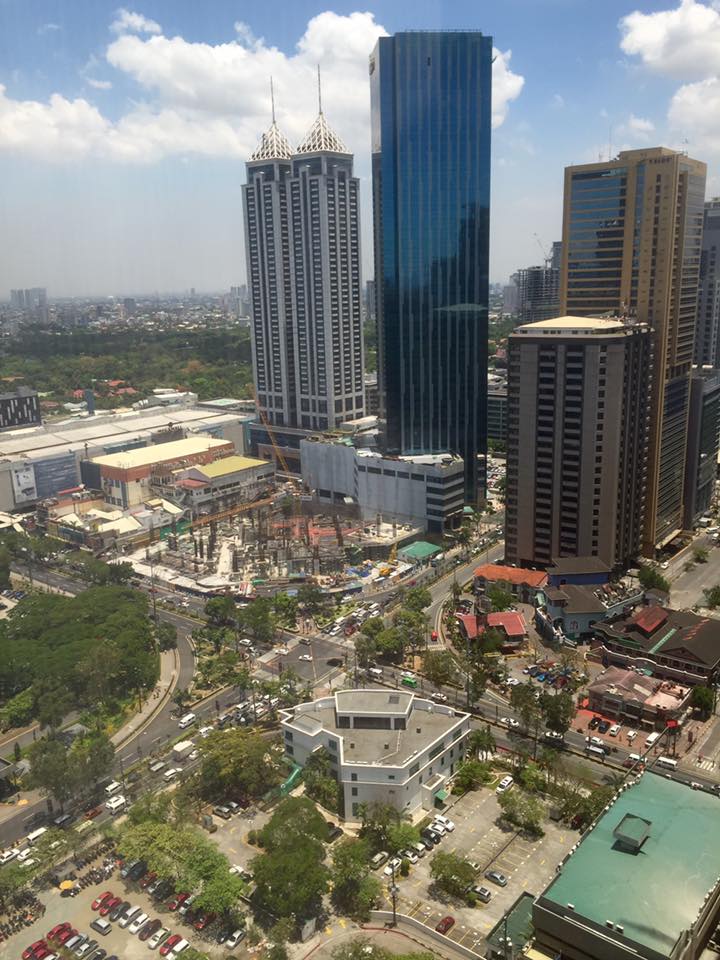
Uploaded on 2016-07-01 by Jason B. Santos
The Urban Heat Island: The temperature battle between the Urban and Rural area. 1. The Climate Central website link clearly shows the effects and impacts of the Urban Heat Island Phenomenon in U.S. cities. This makes Las Vegas as the top city with the largest difference between urban and rural temperature. The study suggests key elements such as; urban planning and design to reduce the negative effects and associated health risks of urban heat islands in the U.S. cities. 2. Which are the main UHI effects that you can identify in your area? Both in my place of work and dwelling evidently show the effects of the urban heat island. One of the undesirable effects includes the pronounced heat especially during the summer season in the urban area compared to the rural area. There is an increased demand in heat removal in building interiors through the use of “air-conditioning units” (ACU’s), which entails more energy consumption. Also, the rejected heat inside the buildings are passed outside in the exterior, thus, contribute to the urban heat island effect. Based on my research on the Philippine Engineering Journal 2004; Vol. 25, No. 1:15-34, the authors Pereira and Lopez cited that when the population and built-up cover in Metro Manila – this includes the city core, increased; the mean land surface temperature also spiked-up dramatically. While there is an increase in the built-up cover in the city, there is a decrease in the leaf biomass and the surface moisture availability depletes as stated in the study. This study is observed in my place of residence and work – Quezon City and Pasig City. The summer months were scorching and the need to eliminate the heat was felt physically and literally in my pocket as the electricity bill for our house increased significantly. The air-conditioning requirement extended during the night time as the temperature went up. People were flocking to nearby commercial establishments – malls with air-conditioning units to escape the extreme heat. The first picture is the Pasig City central business core while the other one is the Tanay Municipality rural area. The horizon in the rural area is the urban area – the buildings of the Pasig City central business district. In the Pasig City core, the urban heat island effect contributors are noticeably evident. The roads which pretty much traverse the land. The concrete parking areas that are surrounding the establishments that have paint marks to designate parking slots. The buildings which are enveloped with glass are towering the area. The steel roofing that provide cover on the establishments and the on-going construction at the middle portion. I believe these are the main contributors to the UHI of Pasig City. Also visible are the vehicles that emit heat. The significant aspect in this urban area is the thinly grouped trees in the middle part. This can be considered to be the lungs of the business district that partially disperse heat in the surface. The tree canopy that is near the left part of the picture is the residential subdivision near this business district. The heat island can be visualized because to these elements. The rural area of Tanay is very refreshing as evidently seen in the picture. The urban area is only a hint in the horizon thus, shows that the temperature is lower compared to the urban core. This supports the urban heat island effect phenomenon that there is discrepancy in the temperature in the rural area compared to the urban area. The temperature – heat increases upon approaching the urban core. 3. Which are the measures you would propose? If given a chance to suggest initiatives to lessen the UHI impacts to the city; I would primarily advocate the proliferation of vegetation – “greening”. This includes urban landscaping, urban greening through urban farming, vertical and roof greening for aesthetic and temperature control and the integration of edible gardening in home and subdivision planning. Based on studies, vegetation has a cooling effect on the temperature of the surface and atmosphere. I would suggest that new buildings to be constructed should have pocket gardens inside and outside the structure. Open spaces should be devoted to nature instead of artificial paving materials, in order to contribute to water absorption and replenishing the ground. To encourage planting activities in the city, incentive programs would be of great value to lessen the UHI effects. 4. Is UHI effect concerning policy making in your area? There is a “metro” wide drive that the cities in the metro consisting of the given cities – Quezon and Pasig city in which policies are being implemented. These are the following: 1. Public smoking is banned. Smoking on designated places inside the building. 2. There are “greening” policies in Quezon City, Pasig and Taguig - Urban vegetable gardens, electric public utility vehicles, no plastic bags in groceries (the extra payment for the use of plastic bags, and fees collected are to be used to fund the green projects of the barangay and city.) It is encouraged to use “reusable” shopping bags when shopping. The policies are good on paper but as to the effectiveness is still a question. The increasing temperature in which is the main concern is still felt by the inhabitants. The policies require strict implementation. For the city to have immense results, massive effort should be operated. There must be a collective effort between the stakeholders of the city and the adjacent cities of the metro for the UHI effects are resolved. All must be involved, because, the UHI effect is also common to all – the people and the environment.